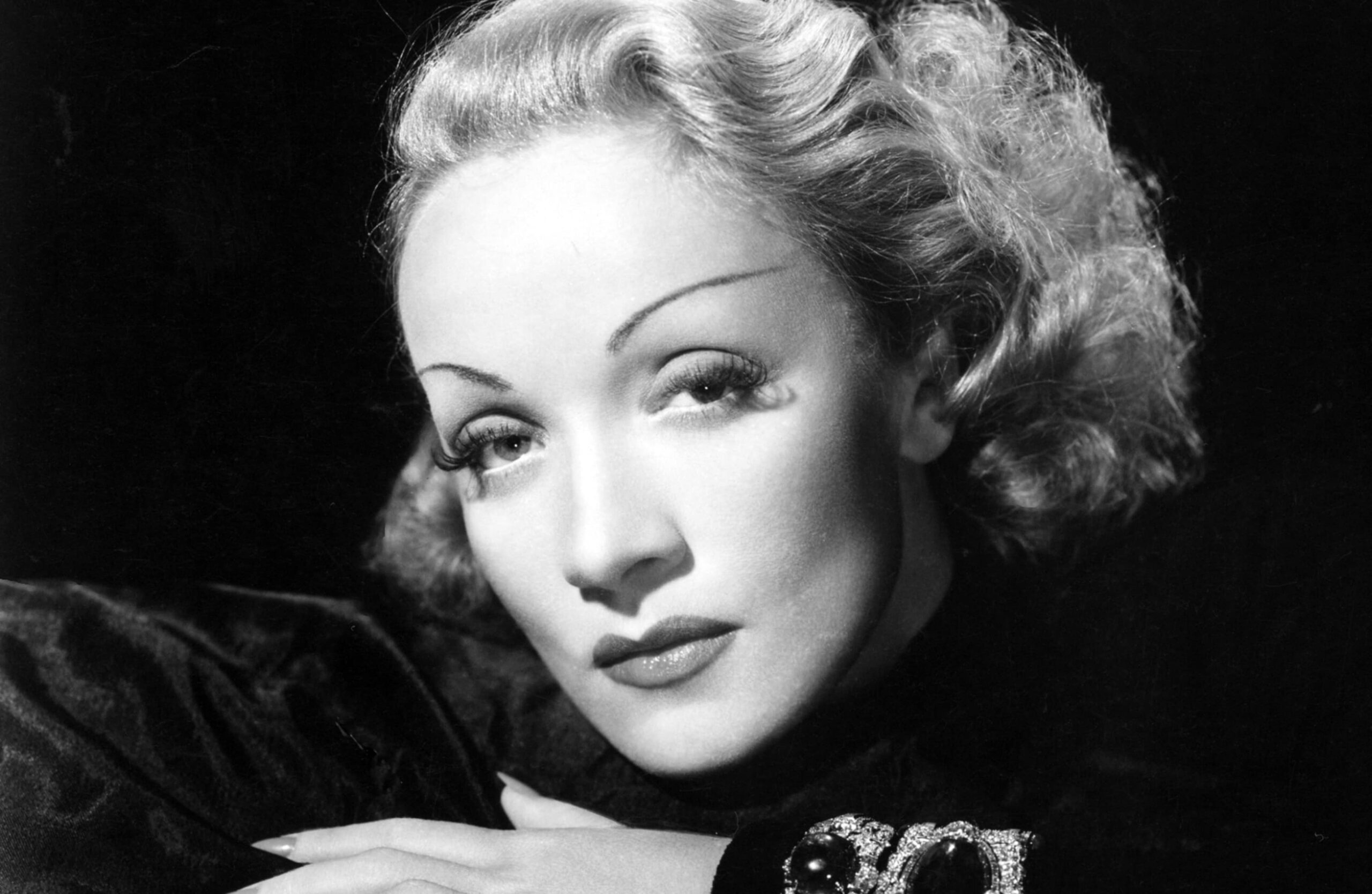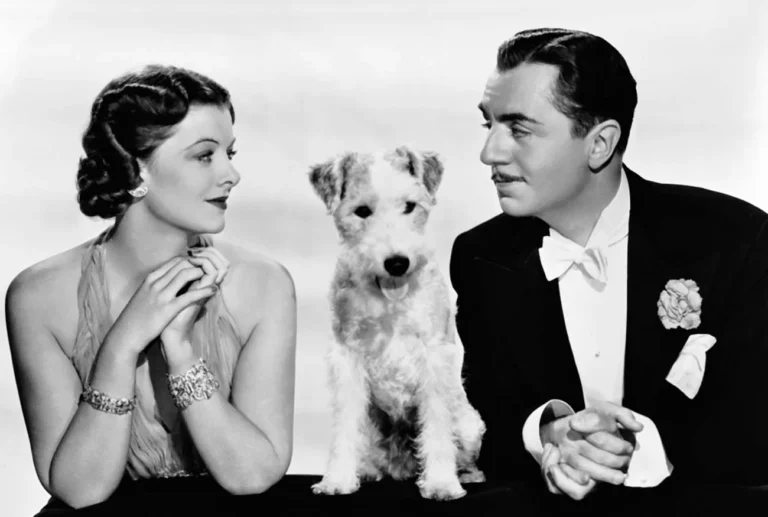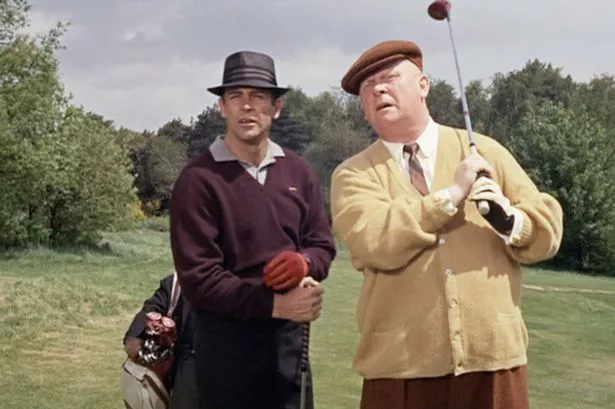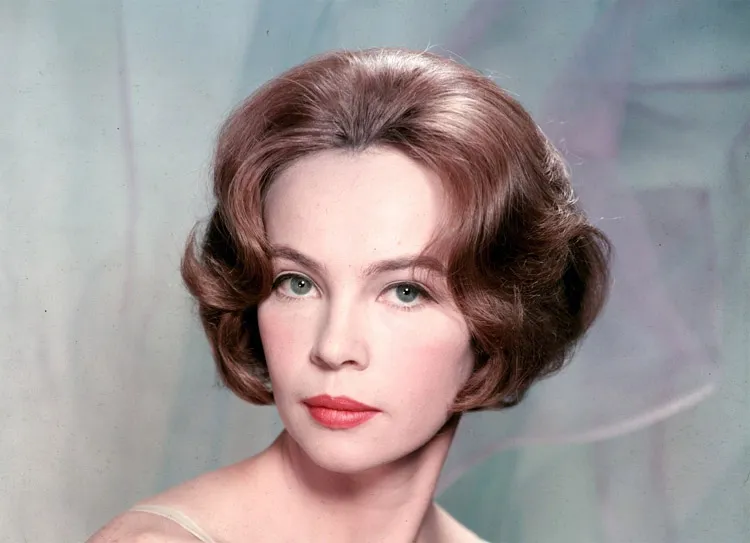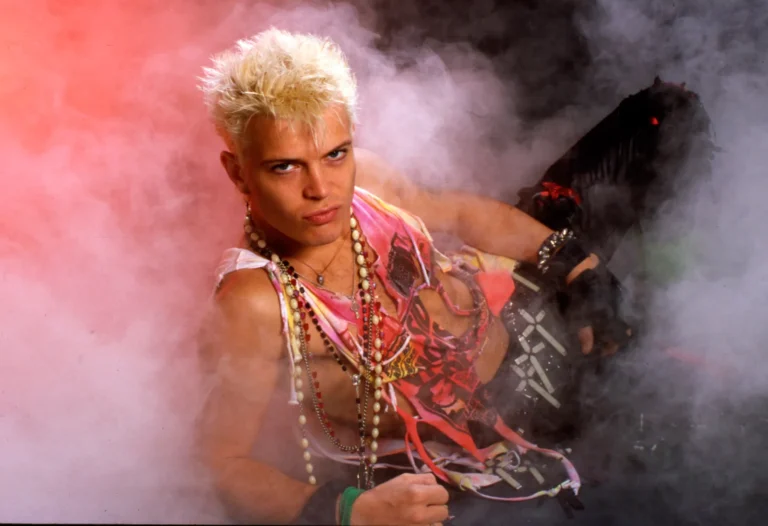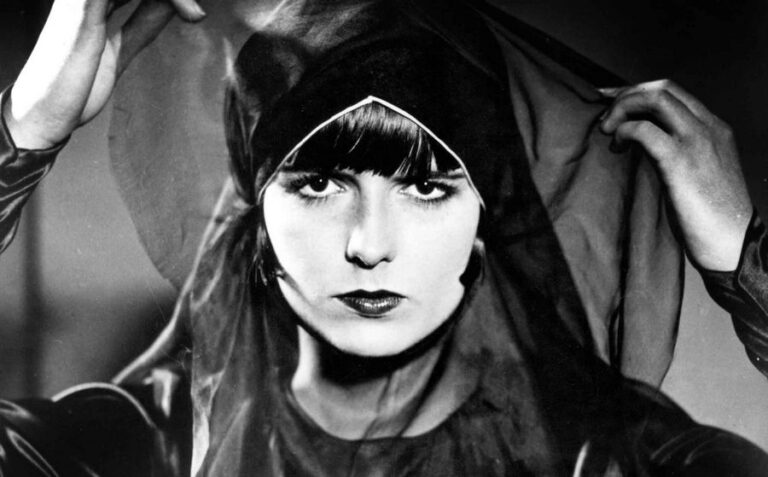Marlene Dietrich as “Lola Lola”: The Iconic Role in Der blaue Engel
Marlene Dietrich’s portrayal of Lola Lola in the 1930 German film Der blaue Engel (The Blue Angel) is a defining moment in cinema history. This role not only catapulted Dietrich to international fame but also solidified her status as a cultural icon. In this blog post, we’ll delve into the significance of her character, the film’s themes, and the lasting impact of this classic film.

The Story Behind Der blaue Engel
Directed by Josef von Sternberg, Der blaue Engel tells the story of a rigid, middle-aged professor named Immanuel Rath, played by Emil Jannings, who becomes infatuated with the sultry cabaret singer, Lola Lola. Set against the backdrop of post-World War I Germany, the film explores themes of desire, obsession, and the conflict between societal expectations and personal freedom.
Lola Lola is the embodiment of allure and rebellion. Her performance style—a blend of seduction and defiance—challenges the norms of the time, making her a captivating figure on screen. Dietrich’s unique blend of glamour and vulnerability allows audiences to empathize with Lola’s tragic journey.
Marlene Dietrich: A Star is Born
Marlene Dietrich’s performance as Lola Lola was groundbreaking. With her striking looks, distinctive voice, and enigmatic charm, she created a character that left an indelible mark on film history. Her signature song, “Falling in Love Again,” became synonymous with her image, further enhancing her mystique.
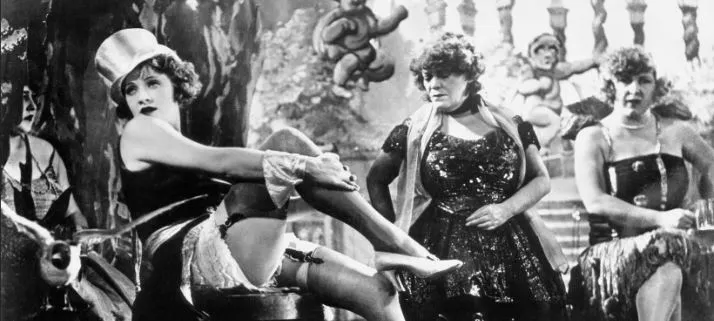
Themes and Cultural Impact
Der blaue Engel is often viewed as a commentary on the transition from the old to the new world. The film highlights the struggles between traditional values and the liberating forces of modernity, represented by Lola. As Rath descends into obsession and madness, Lola’s character becomes a symbol of the chaotic yet alluring nature of life itself.
The film’s release in the early 1930s coincided with a significant cultural shift in Germany. It challenged conventional morality and showcased the emerging influence of the Weimar Republic’s liberal culture. Dietrich’s portrayal of Lola Lola became a touchstone for the portrayal of women in cinema, inspiring future generations of actresses.
Legacy of Der blaue Engel
Der blaue Engel remains a timeless classic, studied and revered for its artistic merit and cultural significance. Dietrich’s portrayal of Lola has influenced countless films and performances, cementing her legacy as one of cinema’s greatest icons. The film not only launched her career in Hollywood but also paved the way for future roles that showcased her versatility and talent.
Conclusion
Marlene Dietrich’s Lola Lola in Der blaue Engel is more than just a character; she represents a revolutionary shift in the portrayal of women in film. As we reflect on this iconic role, we celebrate the artistry and complexity that Dietrich brought to the screen, making Der blaue Engel a crucial part of cinematic history.
For those interested in classic cinema, Der blaue Engel is a must-watch, offering insights into the artistry of early 20th-century filmmaking and the complexities of human emotion.
What are your thoughts on Marlene Dietrich’s performance? Share your insights in the comments below!
